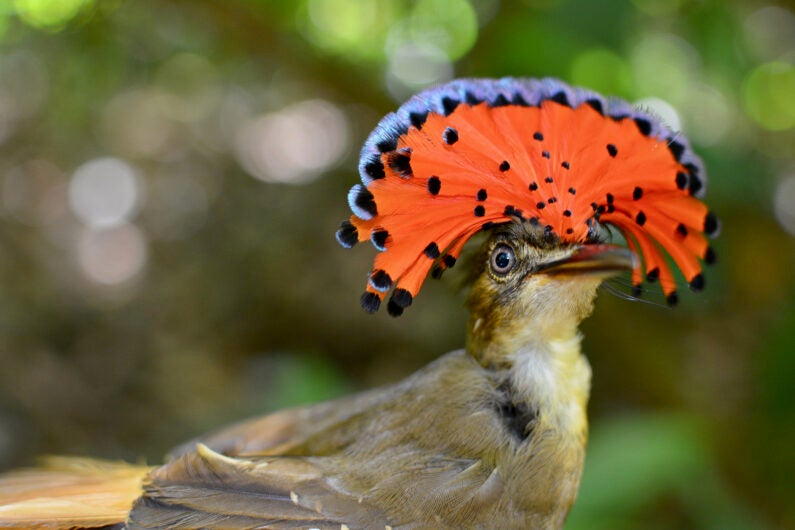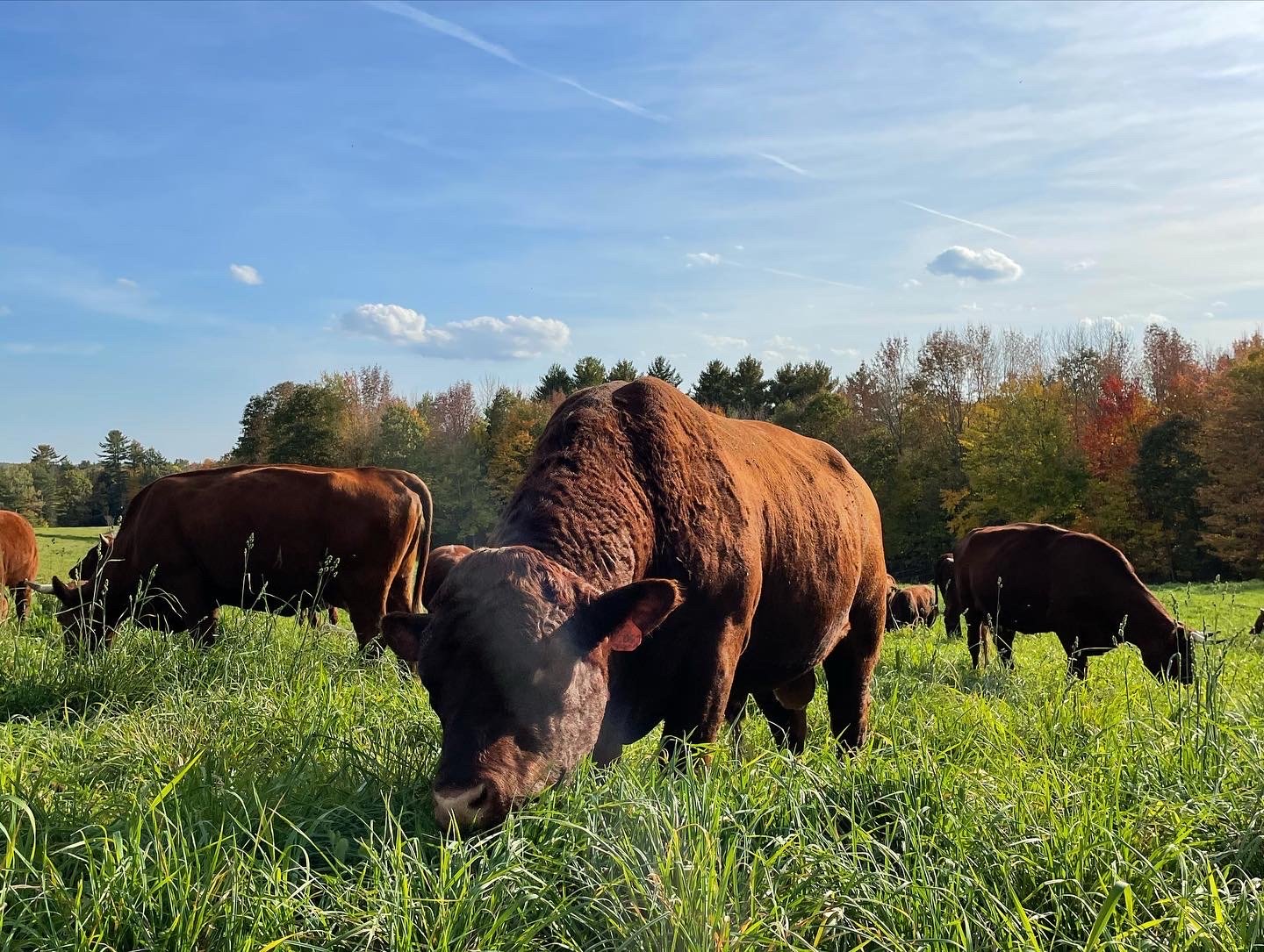|
As farm operations transition to winter and farmers assess their successes and challenges, it’s also time to start planning for wild nature in 2024. Join us at one or more of our field days in November to learn about incorporating habitat and practices that support natural enemy pest control. Registration information is below. If you are supporting, or looking to support, beneficial birds on your farm it is time to make plans. Nest boxes should be placed by the end of January and existing songbird nest boxes should be cleaned out so they are prepared for next spring’s nesting season. In this month’s newsletter, we share an article featuring WFA discussing beneficial birds for pest control in olive orchards and highlight a new study out of Stanford affirming the importance of incorporating habitat on farms to support biodiversity. Finally, we provide information about a farmer grant opportunity and share how you can get a gift from WFA with an end of year donation. Enjoy this month’s news from the wild! California Olive Farmers Turn to Birds for Natural Pest Control Farms that Create Habitat Key to Food Security and Biodiversity |
|
Wild Farm Alliance offers three farm field days in November, showcasing practices that support natural enemy insects and beneficial birds for pest control. Hear from researchers and professionals supporting conservation goals and managing pests in row crops, apple orchards and strawberries. Tickets start at $12 and include lunch. Braga Fresh Field Day (row crops) in Soledad is November 1st – Register Here Luz Del Valle in Corralitos (apples) is November 10th – Register Here JSM Organics in Royal Oaks (strawberries) is November 15th – Register Here
California Olive Farmers Turn to Birds for Natural Pest ControlBy Thomas Sechehaye Olive farmers are boosting bird populations and biodiversity by creating and preserving bird-friendly habitats to help control pests. Since 2000, the Wild Farm Alliance has worked with farmers to achieve healthy, viable agriculture that protects and restores wild nature. The alliance recommends various strategies for farmers who want to encourage birds as pest control allies, including adding perches and nest sites. “Whether artificial poles, snags, perennial trees and shrub or annual tall plants, these can all serve as hunting perches for large raptors and small birds,” Jo Ann Baumgartner, the executive director of the Wild Farm Alliance, told Olive Oil Times. “Placing nest boxes and nest shelves and allowing birds to nest in barns under eaves or on the ground provide them with the nesting sites they seek for raising their young.”
Farms that Create Habitat Key to Food Security and BiodiversityBy Elana Kimbrell Diversified farming is an important complement to forest protections for reversing tropical biodiversity declines. It seems intuitive that forests would provide better habitat for forest-dwelling wildlife than farms. Yet, in one of the longest-running studies of tropical wildlife populations in the world, Stanford researchers found that over 18 years, smaller farms with varying crop types – interspersed with patches or ribbons of forest – sustain many forest-dependent bird populations in Costa Rica, even as populations decline in forests.
Fund-A-Farmer GrantsSince 2012, Food Animal Concerns Trust (FACT) has awarded 608 grants to farmers across the country totaling over $1,110,000 to improve farm animal welfare, expand humane farming, and support capital and operational work done on dozens of farms. The 2024 grant cycle opens November 1st.
Support WFA with a Year-End GiftHats are back, plus new greeting cards! Join us in pursuing our nature-driven 2050 Vision – a pathway to a future where food systems are reconnected to ecosystems through Farmland Flyways, Wildways and Waterways. Investing in WFA means inspiring more farmers, ranchers and others to act now and help them shift their role of food producers to also becoming ecologically minded stewards. The first 100 supporters to Donate $75 or more between now and the end of the year will get a choice between a Wild Farm Alliance organic cotton embroidered hat or a set of 10 Wild and Wondrous Greeting Cards. Donate $125 or more and get both! |










